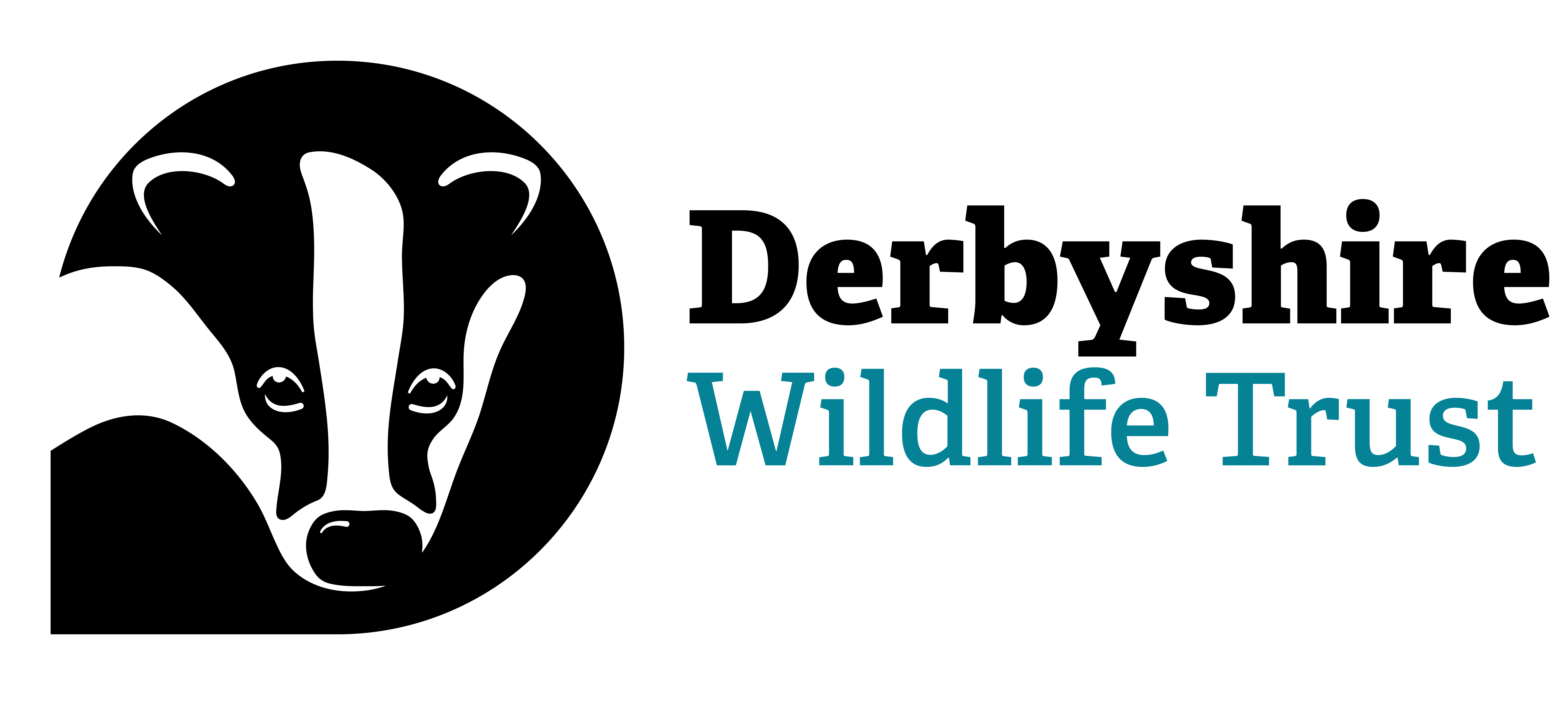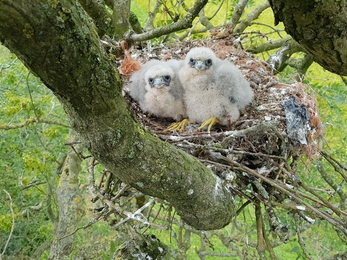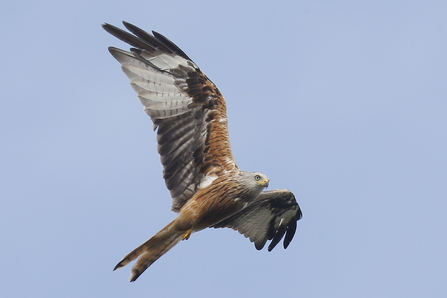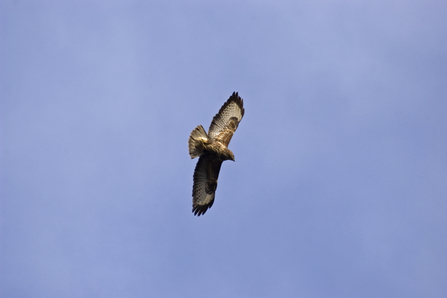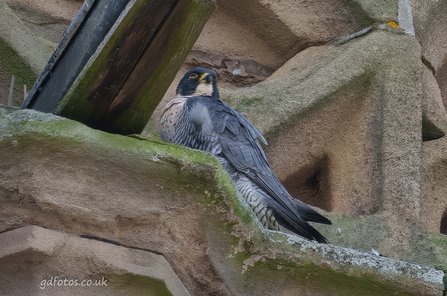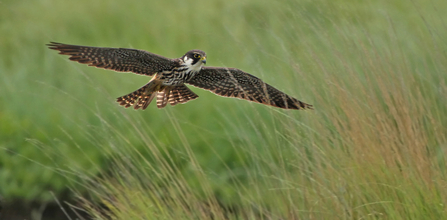If you are a birdwatcher like me, or even if you aren’t, it’s hard not to be impressed by raptors – our birds of prey.
Seeing them on the fist of a falconer at a summer show is probably your only chance to ‘get up close and personal’ with them but the sight of one flying wild will have a far more enduring impact. Even now, sixty years later, I recall the very first time I saw a hobby and the thrill that coursed through my veins! It was sitting in the top of an old oak tree on a lovely September day in Longleat Park in Wiltshire, my ‘local patch’ as a rookie birder and long before any lions or giraffe’s arrived. Five years later, I spend a year working in Tanzania where raptors, from tiny falcons to massive vultures were commonplace….what a delight to see so many!
